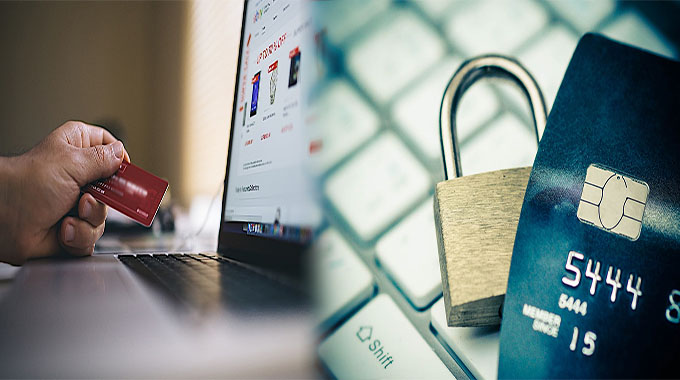With the rise of e-commerce and online shopping, more and more people are enjoying the convenience of purchasing items from the comfort of their own homes. However, along with this convenience comes the risk of identity theft. Identity theft occurs when someone steals your personal information, such as your name, address, credit card details, or social security number, with the intention of using it to commit fraud or other illegal activities.
In the world of online shopping, identity theft can happen in a number of ways. Here are some of the key risks that you should be aware of:
1. Phishing scams
Phishing scams involve cybercriminals posing as legitimate companies or organizations in order to trick individuals into revealing their personal information. These scams can be carried out through emails, messages, or even fake websites that are designed to look like legitimate ones. It is important to always double-check the authenticity of any communication you receive and avoid clicking on suspicious links.
2. Insecure websites
Not all online shopping websites are created equal. Some may have weak security measures in place, making it easier for hackers to gain access to your personal information. Always ensure that the website you shop on has the necessary security certifications, such as SSL (Secure Socket Layer), which encrypts your data and protects it from being intercepted by hackers.
3. Data breaches
Large-scale data breaches have become more common in recent years. These breaches occur when hackers gain unauthorized access to a company’s database and steal customer information. If you have shopped on a website that experiences a data breach, your personal information could be at risk. It is important to stay updated on any news about data breaches and take necessary steps, such as changing passwords and monitoring your accounts for any suspicious activity.
4. Malware and spyware
Malicious software, such as malware and spyware, can infiltrate your device when downloading files, clicking on ads, or visiting unsafe websites. Once installed, these programs can track your keystrokes, record your personal information, and even gain control over your device. Keeping your antivirus and firewall software up to date can help protect your device from such attacks.
5. Weak passwords
Using weak or easily guessable passwords puts you at a higher risk of identity theft. It is crucial to create strong, unique passwords for all your online accounts, and to avoid reusing passwords across multiple platforms. Consider using a password manager to keep track of your passwords securely.
To protect yourself from the risks of identity theft in online shopping, here are some practical steps you can take:
- Only shop on reputable websites with secure payment options.
- Be cautious when providing personal information online and avoid oversharing unnecessary details.
- Regularly monitor your bank and credit card statements for any unauthorized charges.
- Enable two-factor authentication whenever possible to add an extra layer of security to your online accounts.
- Educate yourself about the latest scams and stay informed on best practices for online security.
By being vigilant and taking necessary precautions, you can enjoy the benefits of online shopping while minimizing the risks of identity theft. Always remember, your personal information is valuable and worth protecting.















